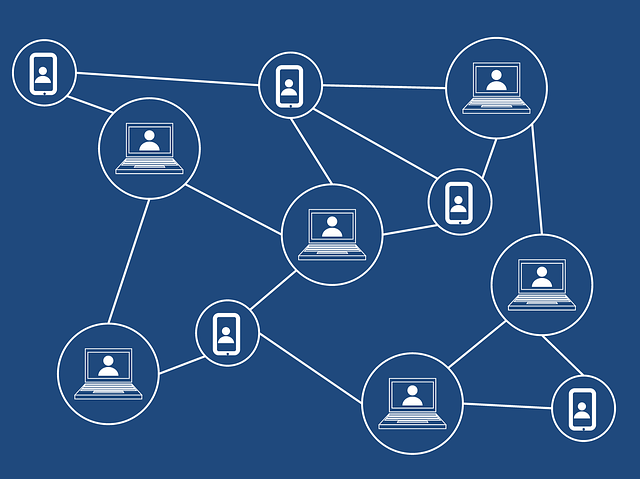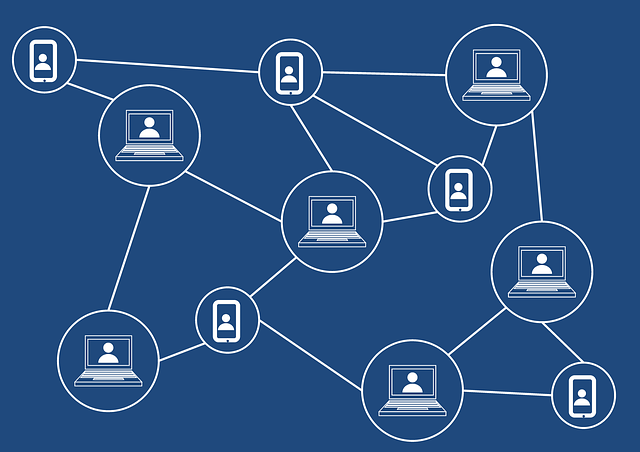Protocols in Networking are the rules or the set of procedures that determine how the data communicates from source to destination. Moreover, some protocols are faster and more reliable as compared to others.
Certainly, it is an important part and plays a major role of networking. In addition, these protocols are a part of OSI Layer.

Types of Protocols in Networking
- Transmission Control Protocol
- User Datagram Protocol
- Stop & Wait Protocol
- Address Resolution Protocol
- Reverse Address Resolution Protocol
- Routing Info Protocol
- Internet Group Management Protocol
- Internet Message Access Protocol
- Go Back N protocol
Transmission Control Protocol
- Firstly, TCP is connection orientation protocol
- Secondly, it provides reliable data transfer. Secondly, it ensures that data is not damage or duplicates.
- Thirdly, it ensures secure transmission between the server and client.
- It is a transport layer protocol
User Datagram Protocol
- Firstly, UDP is a connectionless protocol.
- Secondly, it is faster than TCP.
- Thirdly, it is used for service which requires simple request response communication.
- It does not provide data reliability.
Stop & Wait Protocol
- In this protocol, every time sender sends packet timer will start.
- If it acknowledges the packet before time expires, it sends another packet.
- Moreover, it is a data link layer protocol.
Address Resolution Protocol
- It is a communication protocol.
- ARP maps known IP address to the MAC address.
- It dynamically maps layer 3 network address to the data link address.
Routing Information Protocol
- Firstly, it uses hop count to find out the best routing path in network.
- It is a dynamic routing protocol.
- Routing means next hop reaches to destination.
Internet Control Message Protocol
- This protocol is for error reporting and query messages
- It is a network layer protocol.
- Moreover, it determines whether the data reaches the destination in a timely manner.
Go Back N Protocol
- In Go Back N Protocol, sender can send multiple packets but receiver can buffer only one packet at a time.
- It keeps the copy of sent packets.
- Moreover, it uses sliding window method for reliable delivery of data frames.
Summary
In conclusion, we have learnt that Protocols in Networking are the rules or the set of procedures that determine how the data communicates from source to destination. Moreover, some protocols are faster and more reliable as compared to others.
For instance, TCP provides data reliability while UDP does not. Moreover, UDP is faster than TCP as it does not wait to establish the connection first. Also, we have seen some more protocols like Stop & Wait Protocol, Routing Information Protocol, ICMP and ARP.










[…] server by checking the HTTPS protocol stream on a regular basis and accepting the associated HTTP protocol. Because HTTPS is not encrypted until it reaches the web presentation layer, this system would have […]
[…] Protocols that run from beginning to finish […]
[…] with low bandwidth and high latency in mind. Because HTTP is uncompressed and stateless, its protocol headers are extensive and […]
[…] (Session Initiation Protocol) is a request-response protocol. Message protocols deliver requests and responses between devices in order to communicate. Clients […]
[…] with servers through a firewall by routing network traffic to the appropriate server. SOCKS is a network protocol that can handle any form of traffic generated by any protocol or […]
[…] is a text-based protocol based on HTTP that was developed primarily by the IETF’s SIPCORE working group (see the […]